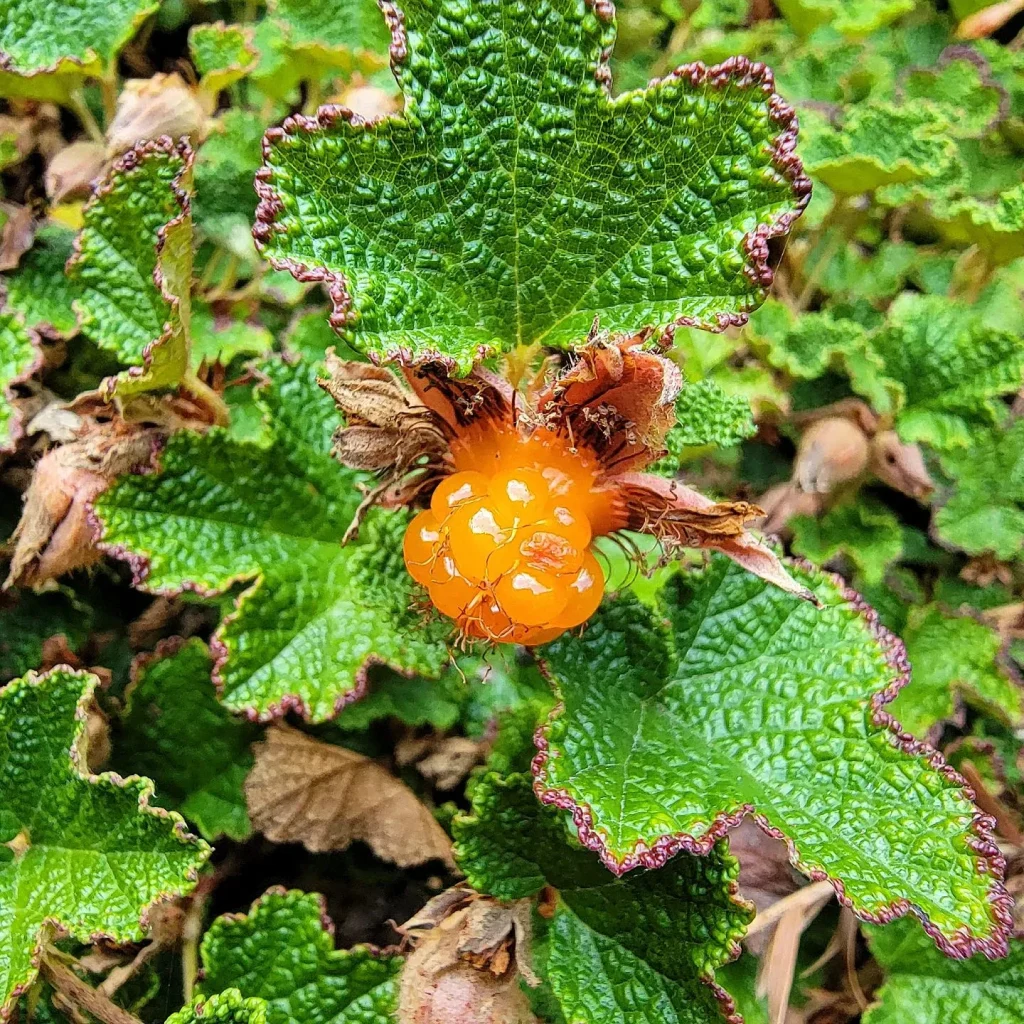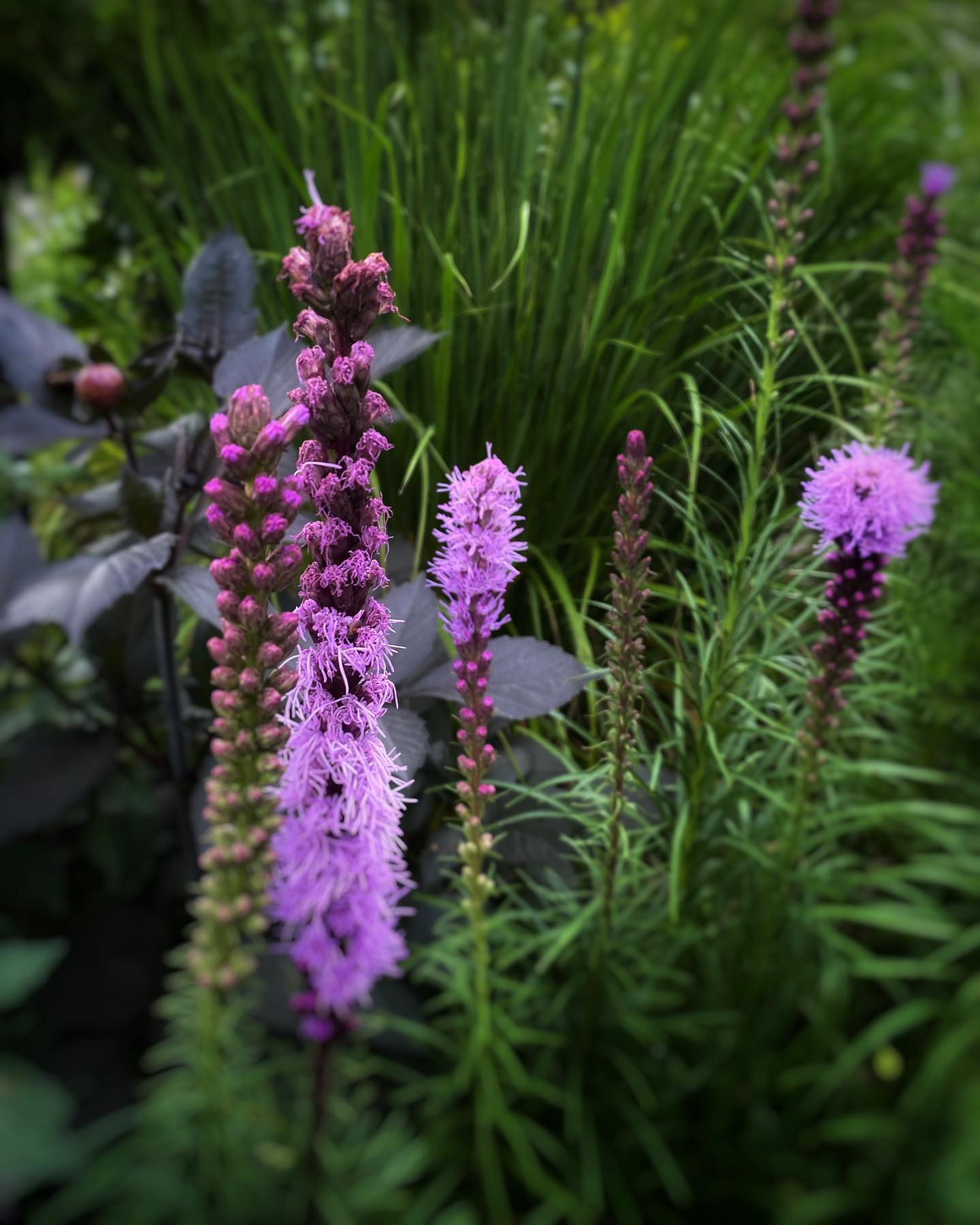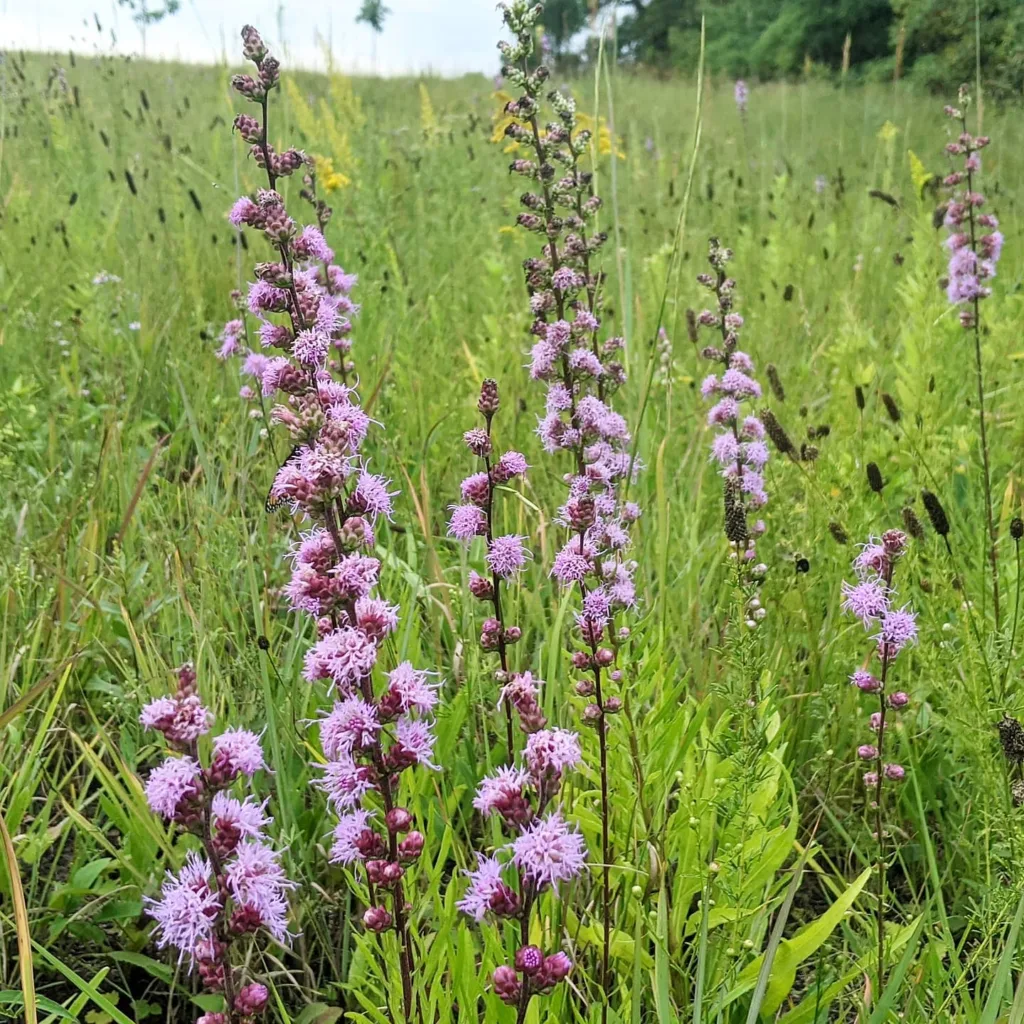The Araceae family, often referred to as the aroid family, is a diverse and captivating group of plants that includes over 140 genera and approximately 3,750 species. Among these genera, Philodendron, Zantedeschia, Anthurium, Caladium, Zamioculcas, Peltandra, Arum, Spathiphyllum, Syngonium, Aglaonema, Colocasia, Dieffenbachia, Epipremnum, Monstera, and Xanthosoma stand out as some of the most well-known and cherished members. Each genus within the Araceae family brings its unique characteristics, making them popular choices for both indoor and outdoor cultivation, as well as for botanical enthusiasts and collectors.
In this comprehensive guide, i will delve into the world of these 15 remarkable genera, exploring their origins, distinctive features, growth requirements, and some of the most popular species within each genus. Whether you’re a seasoned plant enthusiast or a novice gardener looking to expand your collection, this article aims to provide you with a deeper understanding of these captivating plants.
Genus of Araceae
1. Aglaonema: The Chinese Evergreens
Aglaonema, commonly known as Chinese Evergreens, are popular for their ornamental foliage and adaptability to low light conditions. These plants originate from Southeast Asia and feature variegated leaves with striking patterns.
2. Anthurium: The Exotic Flamingo Flowers
Anthurium, often referred to as Flamingo Flowers or Laceleaf, is a genus cherished for its vibrant, waxy flowers and glossy foliage. These tropical plants originate from Central and South America and are celebrated for their unique, heart-shaped spathes and spadices.
- Anthurium Clarinervium
- Anthurium Magnificum
- Anthurium King of Spades
- Anthurium Crystallinum
- Anthurium Vittarifolium
- Anthurium Veitchii
- Anthurium Warocqueanum
3. Arum: The Enigmatic Lords-and-Ladies
Arum is a diverse genus that includes both ornamental and wild species. Some members of this genus, such as Arum Italicum (Italian Arum), are known for their attractive foliage, while others, like Arum Maculatum (Lords-and-Ladies), are found in woodlands and meadows across Europe. Arum plants are fascinating for their hood-like inflorescences and intriguing pollination mechanisms.
4. Caladium: The Colorful Elephant Ears
Caladiums are renowned for their stunning, arrowhead-shaped leaves that come in a wide array of colors and patterns. Originating from South America, particularly the Amazon basin, these plants are grown primarily for their decorative foliage.
- Pink Symphony Caladium
- Caladium Strawberry Star
- Caladium White Christmas
- Caladium Hilo Beauty
- Red Berret Caladium
5. Colocasia: Giant Taro
Colocasia, often called Elephant Ears, are prized for their enormous, heart-shaped leaves that resemble elephant ears. These plants are native to tropical and subtropical regions of Asia and the Pacific Islands.
- Colocasia Black Coral
- Colocasia Pharaoh’s Mask
- Colocasia Mojito
- Colocasia Lime Gecko
- Colocasia Milky Way
- Colocasia Light Pillar
- Colocasia Pink Sapphire
- Colocasia Pink Venom
6. Epipremnum: The Pothos Plants
Epipremnum, often referred to as Pothos or Devil’s Ivy, are some of the most popular indoor plants due to their durability and attractive trailing vines. These plants originate from the Solomon Islands in the Pacific and are known for their heart-shaped leaves.
7. Dieffenbachia: The Diverse Dumbcanes
Dieffenbachia, commonly known as Dumbcanes, are known for their striking variegated leaves and ease of care. Native to tropical regions of Central and South America, these plants are valued for their adaptability to various light conditions. Dieffenbachia seguine (Dumb Cane) and Dieffenbachia maculata (Leopard Lily) are popular species in this genus.
8. Monstera: The Iconic Swiss Cheese Plant
Monstera, commonly known as Swiss Cheese Plant, is celebrated for its iconic, fenestrated leaves that resemble Swiss cheese. Native to tropical rainforests of Central and South America, these plants are popular as both houseplants and ornamental additions to gardens.
- Monstera Deliciosa
- Monstera Obliqua
- Monstera Esqueleto
- Monstera Dubia
- Monstera Pinnatipartita
- Monstera Adansonii
- Monstera Lechleriana
9. Peltandra: The Arrow Arums
Peltandra, commonly known as Arrow Arums, are aquatic or semi-aquatic plants found in wetlands across North America. These plants are characterized by their arrow-shaped leaves and unique inflorescences. Peltandra virginica (Green Arrow Arum) is a notable species known for its ecological importance in wetland habitats.
10. Philodendron: The Versatile Vines
Philodendron is one of the most extensive and widely recognized genera within the Araceae family. These versatile plants are known for their striking foliage and adaptability to various growing conditions. Originating from the tropical regions of the Americas, Philodendrons are favored for their lush, heart-shaped leaves, making them popular choices for indoor and outdoor gardens.
- Philodendron White Wizard
- Philodendron Caramel
- Philodendron Prince of Orange
- Philodendron Mayoi
- Philodendron Brandtianum
- Philodendron Billietiae
- Philodendron Paraiso Verde
- Philodendron Pink Princess
- Philodendron Verrucosum
- Philodendron Gloriosum
11. Spathiphyllum: The Elegant Peace Lilies
Spathiphyllum, commonly known as Peace Lilies, are renowned for their elegant, white, spoon-shaped bracts surrounding a spadix. Originating from tropical regions of the Americas and Southeast Asia, these plants are popular indoor choices due to their air-purifying properties and ease of care. Spathiphyllum wallisii (Wallis’s Peace Lily) and Spathiphyllum floribundum (Mauna Loa Peace Lily) are well-loved species.
12. Syngonium: The Arrowhead Vines
Syngonium plants, often referred to as Arrowhead Vines or Arrowhead Plants, are beloved for their attractive arrowhead-shaped leaves and climbing habit. Native to tropical rainforests of Central and South America, these plants are popular as both houseplants and in outdoor gardens.
13. Xanthosoma: The Taro Relatives
Xanthosoma plants, often called Elephant Ears or Taro, are closely related to Colocasia and are known for their large, arrowhead-shaped leaves. Originating from tropical regions of the Americas, these plants are valued for their foliage and culinary uses. Xanthosoma sagittifolium (Arrowleaf Elephant Ear) and Xanthosoma atrovirens (Mickey Mouse Taro) are popular species in this genus.
14. Zamioculcas: The Resilient ZZ Plants
Zamioculcas, often called ZZ Plants or Zanzibar Gems, are prized for their tolerance of low light conditions and minimal maintenance requirements. Native to eastern Africa, these hardy plants have glossy, dark green, pinnate leaves and are excellent choices for beginner gardeners. Zamioculcas zamiifolia (ZZ Plant) is the most well-known species in this genus.
15. Zantedeschia: The Graceful Calla Lilies
Zantedeschia, commonly known as Calla Lilies, is a genus known for its elegant, trumpet-shaped flowers. Native to southern Africa, these plants are grown primarily for their stunning blooms, which come in various colors, including white, yellow, pink, and red. Zantedeschia aethiopica (White Calla Lily) and Zantedeschia rehmannii (Pink Calla Lily) are two popular species within this genus.
16. Other genera
- Adelonema Schott
- Aglaodorum Schott
- Alloschemone Schott
- Alocasia (Schott) G.Don
- Ambrosina Bassi
- Amorphophallus Blume ex Decne.
- Amydrium Schott
- Anadendrum Schott
- Anaphyllopsis A.Hay
- Anaphyllum Schott
- Anchomanes Schott
- Anubias Schott
- Apoballis Schott
- Aridarum Ridl.
- Ariopsis Nimmo
- Arisaema Mart.
- Arisarum Mill.
- Arophyton Jum.
- Asterostigma Fisch. & C.A.Mey.
- Bakoa P.C.Boyce & S.Y.Wong
- Bakoaella S.Y.Wong & P.C.Boyce
- Biarum Schott
- Bidayuha S.Y.Wong & P.C.Boyce
- Bognera Mayo & Nicolson
- Boycea A.Hay
- Bucephalandra Schott
- Burttianthus S.Y.Wong, S.L.Low & P.C.Boyce
- Calla L.
- Callopsis Engl.
- Carlephyton Jum.
- Cercestis Schott
- Chlorospatha Engl.
- Colletogyne Buchet
- Colobogynium Schott
- Croatiella E.G.Gonç.
- Cryptocoryne Fisch. ex Wydler
- Culcasia P.Beauv.
- Cyrtosperma Griff.
- Dracontioides Engl.
- Dracontium L.
- Dracunculus Mill.
- Eminium Schott
- Englerarum Nauheimer & P.C.Boyce
- Fenestratarum P.C.Boyce & S.Y.Wong
- Filarum Nicolson
- Furtadoa M.Hotta
- Galantharum P.C.Boyce & S.Y.Wong
- Gamogyne N.E.Br.
- Gearum N.E.Br.
- Gonatopus Engl.
- Gorgonidium Schott
- Gosong S.Y.Wong & P.C.Boyce
- Gymnostachys R.Br.
- Hapaline Schott
- Helicodiceros Schott ex K.Koch
- Hera S.Y.Wong, S.L.Low & P.C.Boyce
- Heteroaridarum M.Hotta
- Heteropsis Kunth
- Holochlamys Engl.
- Homalomena Schott
- Hottarum Bogner & Nicolson
- Idimanthus E.G.Gonç.
- Incarum E.G.Gonç.
- Jasarum G.S.Bunting
- Josefia Scherber., K.Hase & P.C.Boyce
- Kiewia S.Y.Wong & P.C.Boyce
- Lagenandra Dalzell
- Lasia Lour.
- Lasimorpha Schott
- Lazarum A.Hay
- Lemna L.
- Leucocasia Schott
- Lorenzia E.G.Gonç.
- Lysichiton Schott
- Mangonia Schott
- Montrichardia Crueg.
- Nabalu S.Y.Wong & P.C.Boyce
- Naiadia S.Y.Wong, S.L.Low & P.C.Boyce
- Nephthytis Schott
- Ooia S.Y.Wong & P.C.Boyce
- Orontium L.
- Philonotion Schott
- Phyllotaenium André
- Phymatarum M.Hotta
- Pichinia S.Y.Wong & P.C.Boyce
- Pinellia Ten.
- Piptospatha N.E.Br.
- Pistia L.
- Podolasia N.E.Br.
- Pothoidium Schott
- Pothos L.
- Protarum Engl.
- Pseudohydrosme Engl.
- Pursegloveia S.Y.Wong, S.L.Low & P.C.Boyce
- Pycnospatha Thorel ex Gagnep.
- Remusatia Schott
- Rhaphidophora Hassk.
- Rhodospatha Poepp.
- Rhynchopyle Engl.
- Sauromatum Schott
- Scaphispatha Brongn. ex Schott
- Schismatoglottis Zoll. & Moritzi
- Schottariella P.C.Boyce & S.Y.Wong
- Schottarum P.C.Boyce & S.Y.Wong
- Scindapsus Schott
- Spathantheum Schott
- Spathicarpa Hook.
- Spirodela Schleid.
- Stenospermation Schott
- Steudnera K.Koch
- Stylochaeton Lepr.
- Symplocarpus Salisb. ex W.P.C.Barton
- Synandrospadix Engl.
- Taccarum Brongn. ex Schott
- Tawaia S.Y.Wong, S.L.Low & P.C.Boyce
- Theriophonum Blume
- Toga S.Y.Wong, S.L.Low & P.C.Boyce
- Typhonium Schott
- Typhonodorum Schott
- Ulearum Engl.
- Urospatha Schott
- Vesta S.Y.Wong
- Vietnamocasia N.S.Lý, S.Y.Wong & P.C.Boyce
- Vivaria O.Cabrera, Tinitana, Cumbicus, Prina & Paulo Herrera
- Wolffia Horkel ex Schleid
- Wolffiella Hegelm.
- Zomicarpa Schott
- Zomicarpella N.E.Br.
Growing and Caring for Araceae Plants
Each genus within the Araceae family has its specific care requirements, but there are some general guidelines that can help you cultivate these plants successfully:
- Light: Most Araceae plants prefer bright, indirect light. However, some, like Zamioculcas and Aglaonema, can tolerate low light conditions.
- Watering: Keep the soil consistently moist but not waterlogged. Allow the top inch or two of the soil to dry between waterings for most Araceae plants.
- Temperature and Humidity: These plants generally thrive in warm and humid conditions. Maintaining a humidity level of around 50% or higher is beneficial.
- Fertilization: Feed your Araceae plants with a balanced, diluted liquid fertilizer during the growing season (spring and summer).
- Potting Mix: Use a well-draining, peat-based potting mix for most Araceae plants.
- Pruning: Prune dead or damaged leaves regularly to promote healthy growth and maintain the plant’s appearance.
- Pests: Keep an eye out for common pests like aphids, mealybugs, and spider mites, and treat them promptly if detected.
Araceae in Natural Habitats
Araceae plants are distributed across the globe, from the lush rainforests of South America to the subtropical woodlands of Asia. This remarkable adaptability is due to their ability to thrive in a variety of environments. The Araceae family includes both terrestrial and aquatic species, allowing them to flourish in diverse ecosystems.
In tropical rainforests, you can find species like the Philodendron, with its impressive aerial roots and large, heart-shaped leaves. These plants have evolved to take advantage of the abundant sunlight and rainfall in the rainforest understory.
Unique Reproductive Structures
One of the most intriguing aspects of Araceae is their unique reproductive structures. Many members of this family produce a specialized inflorescence called a spathe and spadix. The spathe is a modified leaf that surrounds and protects the spadix, which contains the tiny flowers.
This ingenious design serves multiple purposes. The spathe often has striking colors and patterns to attract pollinators, while the spadix produces heat and scent to mimic the presence of a warm-blooded animal. These adaptations help Araceae plants lure flies, beetles, and other insects to aid in pollination.
Aroids and Their Role in Ecosystems
Araceae plants play a crucial role in various ecosystems. In their natural habitats, they provide food and shelter for numerous animal species. Some Araceae species are also important indicators of environmental health. For instance, the presence of certain Araceae species can signal the presence of clean water, making them essential for wetland conservation efforts.
Araceae Conservation and Challenges
Despite their adaptability, many Araceae species face threats in the wild. Habitat destruction, deforestation, and illegal harvesting for the horticultural trade are some of the primary challenges they confront. Conservation efforts are underway to protect these remarkable plants and their natural habitats.
By supporting conservation initiatives and making responsible choices when purchasing Araceae plants, we can contribute to the preservation of this extraordinary family.
Conclusion: A World of Botanical Marvels
In my journey through the enchanting world of Araceae, I’ve been captivated by their diversity, beauty, and ecological significance. These plants remind us of nature’s creativity and adaptability, and they offer us the opportunity to bring a piece of the wild into our homes.
Whether you’re an experienced plant enthusiast or just starting your green journey, exploring the Araceae family is a rewarding experience. By appreciating and conserving these botanical wonders, we can ensure that future generations can marvel at their beauty and significance as well.
In conclusion, Araceae is not just a family of plants; it’s a testament to the boundless wonders of nature. As I continue to care for and admire my own Araceae collection, I’m reminded of the incredible biodiversity that surrounds us and the importance of protecting it for generations to come. So, the next time you encounter an Araceae plant, take a moment to appreciate its unique beauty and the intricate role it plays in our world.



